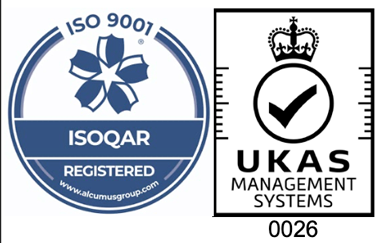Sponge Rubber: Solution for Reliable & Versatile Performance
12th December, 2023
Sponge and foam rubber are made in a similar way, but it is the specific curing and processing techniques that differentiate them.
Sponge rubber and foam rubber can sometimes be used interchangeably to describe a material with a soft and flexible nature. However, it’s important to distinguish between the two types of rubber depending on the specific requirements of your project. We’ll discuss the differences in how each rubber is made and where their uses differ.
Sponge and foam rubber are made in a similar way, but it is the specific curing and processing techniques that differentiate them. Both materials follow the same steps: Mixing and compounding, vulcanization, addition of foaming agents, formation of an open or closed cell structure, shaping, cooling, and finishing. Where the two materials differ is the formation of a closed or open cell structure.
Structure:
The terms sponge and foam rubber are often used interchangeably depending on the supplier. To ensure the right product is selected for your project it’s important to understand the difference between an open cell and closed cell structure.
Sponge can be a closed-cell or open-cell structure. In closed-cell sponge rubber, the holes within the material are – as the name suggests – closed off from each other, which creates a dense material full of tiny vacuums. Open-cell sponge rubber contains many open holes that allow air to fill the material. This makes it a far less dense material that is cheaper to manufacture as it comprises less material and more air per square metre.
Foam rubber is typically an open-cell structure. This means foam allows the passage of liquids and gas while sponge rubber will block liquids and gases from passing through.
Barriers and Uses:
Sponge and foam rubber are often used as barriers. The choice between sponge and foam is dependent on the need for moisture resistance or water absorption. Sponge is commonly made in a closed cell structure to prevent moisture and provide a moisture resistant barrier. While foam rubber would be more appropriate for water absorption.
Sponge rubber is used in many industries but is commonly found in the automotive, HVAC and marine industries in the form of seals and gaskets. While foam rubber is often used for cushioning so can be found in furniture as well as insulation for attics.
Sponge and Foam Rubber at Aquaseal:
Aquaseal Rubber manufactures a wide range of seals and gaskets, as well as related foam and sponge rubber products. If you think sponge or foam rubber could be the right material for your bespoke application, get in touch with a member of the Aquaseal team here. To learn more about our products click here.


